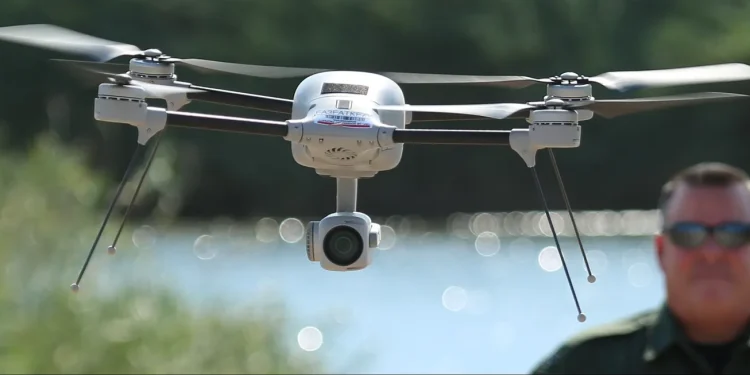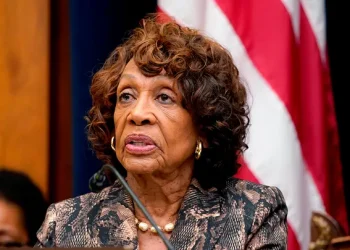SOUTH TEXAS — A surge in unmanned aerial activity by Mexican drug cartels has triggered a forceful response from U.S. military and law enforcement, with experts warning of a growing drone “invasion” along the Texas-Mexico border.
Over the past year, 1,216 cartel drone incursions into U.S. airspace have been detected by Texas Department of Public Safety (DPS) sensors — and those sensors cover just 14% of the 1,254-mile border. Officials fear the real number could be exponentially higher.
“These drones are not only gathering intelligence but threatening the safety of our helicopters and law enforcement officers,” said DPS Texas Rangers Captain Troy Wilson during US Senate Judiciary Committee testimony on May 20.
In response, the U.S. Department of Defense has deployed the AN/MPQ-64 Sentinel Advanced Radar System to South Texas, including areas near Rio Grande City, to more effectively detect cartel-operated drones.
“The increasing presence of cartel drones in our airspace introduces the alarming possibility of mid-air collisions, endangering Texas citizens and law enforcement,” — Captain Troy Wilson, DPS Texas Rangers
Military and border officials are particularly concerned that nearly 50% of these drones fly at 600 to 1,800 feet — the same altitude used by law enforcement and military aircraft.
A Growing and Sophisticated Threat
The Gulf Cartel’s “Scorpions” faction, the Sinaloa Cartel, and CJNG (Jalisco New Generation Cartel) have all been linked to high-tech drone operations. Social media posts show cartel operatives launching drones over armed gunmen and using Chinese-made jamming equipment to take down U.S. surveillance drones.
On April 22, 2025, the DPS lost control of a surveillance drone over Laredo, likely due to cartel jamming. The Border Patrol lost another drone the day before, which crashed into the Rio Grande.
These incidents highlight cartel advancements in electronic warfare, with increasing use of portable drone jammers like those seen in the hands of Sinaloa Cartel soldiers near Mazatlán.
“The President has directed the Department of Defense to take all appropriate and lawful measures to ensure complete operational control of the border,” — Mark Roosevelt Ditlevson, Acting Assistant Secretary of Defense for Homeland Defense
Cartels Outflying U.S. Agencies
In testimony before Congress in 2023, Chief Border Patrol Agent Gloria Chavez warned that cartels possess 17 times more drones, operate twice as many flight hours, and have unlimited financial backing to expand their drone fleets.
That prediction is now reality.
As the U.S. military ramps up its involvement, state and federal agencies are pushing for increased funding, advanced counter-drone technology, and greater coordination to combat a threat that has rapidly evolved into a major national security concern.








